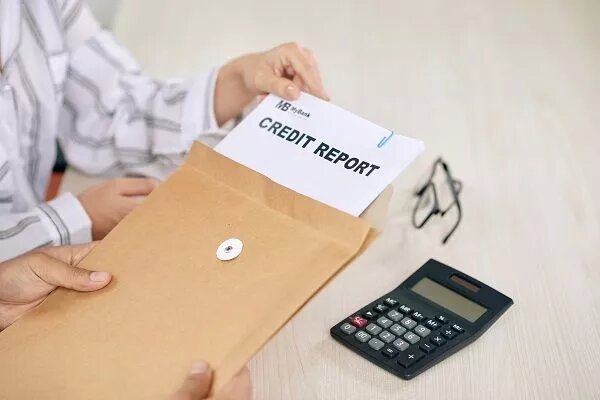If you have ever wanted to purchase a car or a house or even get the thought of opening a rewards credit card, chances are you understand how important credit scores can be. For you to obtain the greatest chance at securing the low-interest rates and the best terms for either thing, good credit is necessary.
Credit reporting errors, although frustrating, are a common occurrence. However, you only ever get to discover whether or not there are errors or inaccurate information in your files by checking it yourself. Once you do, you can report all the wrong information or details you’ve found out in your files. One way to do this is through writing a credit dispute letter, a simple way of getting such errors removed.
What is a Credit Dispute Letter?
Knowing how to craft the perfect credit dispute letter is essential since the outcome of the dispute will largely hinge on what you have written on the letter. For this reason, this article will be detailing simple ways you can challenge inaccurate information on your credit reports in 5 easy steps.
Step #1: Order the Credit Report

Step #2: Review All the Information

Step #3: Start Writing the Credit Dispute Letter

What You Need in Your Dispute Letter?
- Full Name: Make sure to include your first name, middle name, and your last name in the letter.
- Full Address: Providing your full address in the credit dispute letter is important, especially since you won’t want to give the credit bureaus any reason to deny your dispute. Providing false information from the get-go will only harm your dispute chances.
- Birthdate
- Social Security Number (SSN): Your Social Security Number will be essential when the credit bureaus investigate matters related to the dispute you’re forwarding. Leaving out such critical things will only lead to the delay of your letter.
- Date: Make sure to put the date on every credit dispute letter that you send out to the credit bureau so you can track the date that you’re sending it. While the credit bureaus generally need 30 days to investigate, you always need to allow at least five days for the mail to go out and five days for it to come back to you.
- Name of Creditor
- Account Number: Don’t forget the name of the creditor and the account number as well. When you look at the credit report, you have to ensure that you get the creditor’s name so that the bureau will know who you are disputing. If you don’t provide this information, the bureau will not proceed with the investigation but will only send a letter back, causing further delays.
- Your Dispute
- The Reason for Your Dispute: In both of these items, you need to lay down the main thing you’re disputing in your credit dispute letter. Also, remember to be straightforward and specific in detailing the reason for your dispute. Everything has to be factual, with the intent of removing the inaccurate information in your credit report.
- What You Want the Bureau to Do?: After giving them the dispute and the reason behind it, you’ll also need to be clear about what you need the bureau to do. Do you want them to correct it, investigate it, or simply remove the erroneous information from your report? You need to tell them exactly what you want them to do.
- Sign: While it’s not mandatory that you sign the document, it’s a good idea to sign the credit dispute letter. Doing this gives the letter more weight and authenticity that it’s indeed coming from you. Furthermore, it’s also important should you need to sue them one day.
Step #4: Be Detailed & Specific in Your Dispute


Conclusion
Finding inaccurate information on your credit reports can be an irksome matter to deal with. However, through a perfect credit dispute letter, you can successfully find worth in disputing such errors, especially if it helps increase credit scores.



